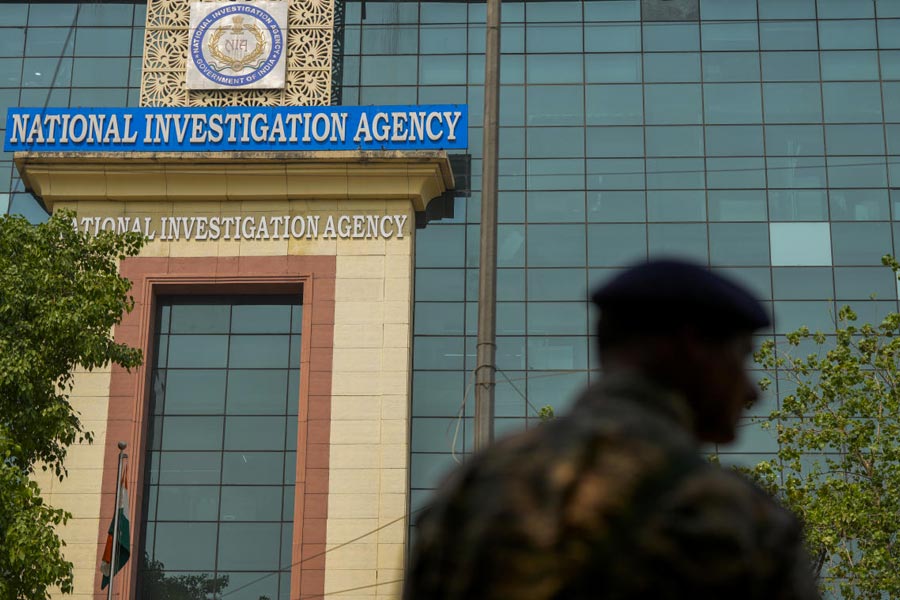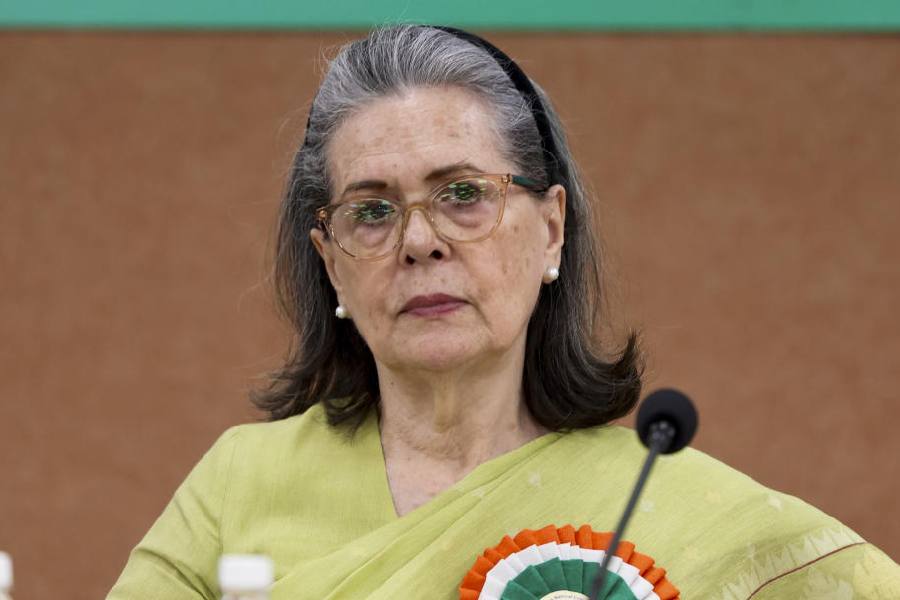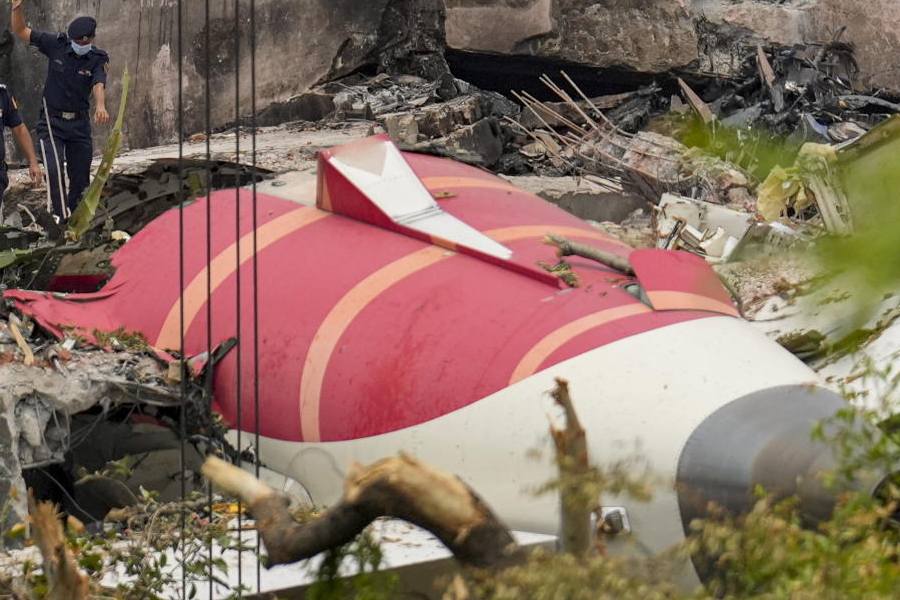 |
| The grand fortepiano, encased in glass, in the Queen’s Hall of Victoria Memorial on the eve of its return as a star exhibit. Picture by Amit Datta |
A grand fortepiano carved out of rosewood for Queen Victoria to hone her music skills as a little girl is making a comeback as one of the star exhibits at Victoria Memorial on World Music Day.
Thursday will be the first time in almost 20 years that the instrument, encased in glass, goes on public display. It used to be the cynosure of all eyes at the Royal Gallery until that section was shut for renovation nearly two decades ago.
Designed for a child to play on, the grand fortepiano No. 69 was made by S&P Erard, the French piano and harp maker Chopin used to swear by. King William IV had ordered it in 1829 for his niece and successor Queen Victoria.
Swapan Chakravorty, secretary and curator of the Victoria Memorial Hall, said Queen Victoria’s love for music, especially chamber orchestra, was well documented. “This is the same piano on which the queen was tutored by Lucy Anderson, appointed her piano teacher in 1834. Anderson later taught the piano to Queen Victoria’s children,” added Piyasi Bharasa, education officer, Victoria Memorial Hall.
The instrument has been accorded pride of place in the Queen’s Hall with the eastern quadrangle courtyard in the backdrop and flanked by a display of ancient swords.
“I have been here for 10 years and there has been a continuous demand to see the piano that some people could recollect having last seen as children,” said Bharasa.
R.P. Savita, senior restorer and head of preservation, said the piano didn’t require any restoration except cleaning and general maintenance. “Some parts might be missing but it is meant to be kept as it is.”
The case comes with a gadget to record fluctuations in temperature and humidity.
Queen Victoria’s piano was a gift to the memorial named after her from King Edward VII in 1905. It was “most probably kept at Windsor Castle” before arriving in Calcutta.
Curator Chakravorty said preserving artefacts like the priceless Erard piano at the Victoria Memorial was a challenge because Calcutta’s most famous historical edifice was originally not meant to be a museum.
“Victoria Memorial’s main problem is that it doesn’t have the kind of storage space or dormitories that other museums have. It wasn’t planned like a museum when the architects built it,” Chakravorty said.
“The windows and illumination were not planned in a way to let in light for exhibits. There has to be some kind of planning to go into modernisation. There are so many things to show but we will have to plan it out properly. If a curatorial idea can be put in place along with an implementing agency — not conservation but focused on the correct display of objects — the Victoria Memorial can prove to be a great draw at various levels,” he added.
According to the original plan, the memorial was meant to be an edifice that would dominate the skyline and remind people of the eternal glory of the empire. “Down the line, after Queen Victoria’s death, Lord Curzon in the early 1900s suggested that this could be converted into a museum with everything to do with the imperial and colonial period,” Chakravorty said. “As it was decided that anything to do with the emperor or empress would be housed here, Lord Curzon brought things over from England and that is how the piano arrived.”
Among other such treasures housed within the marble walls and awaiting display is the third largest painting in the world, titled The Elephant Procession and depicting the Prince of Wales when he visited Jaipur in 1876. It was painted by the Russian artist Vassili Verestchagin.
Then there are Queen Victoria’s writing desk and chair and a muslin dress worn by Princess Alexandra.
A writing desk used by Bankim Chandra Chattopadhyay has already been cleaned and fixed. It will be unveiled in the National Leader’s Gallery on the first floor.










